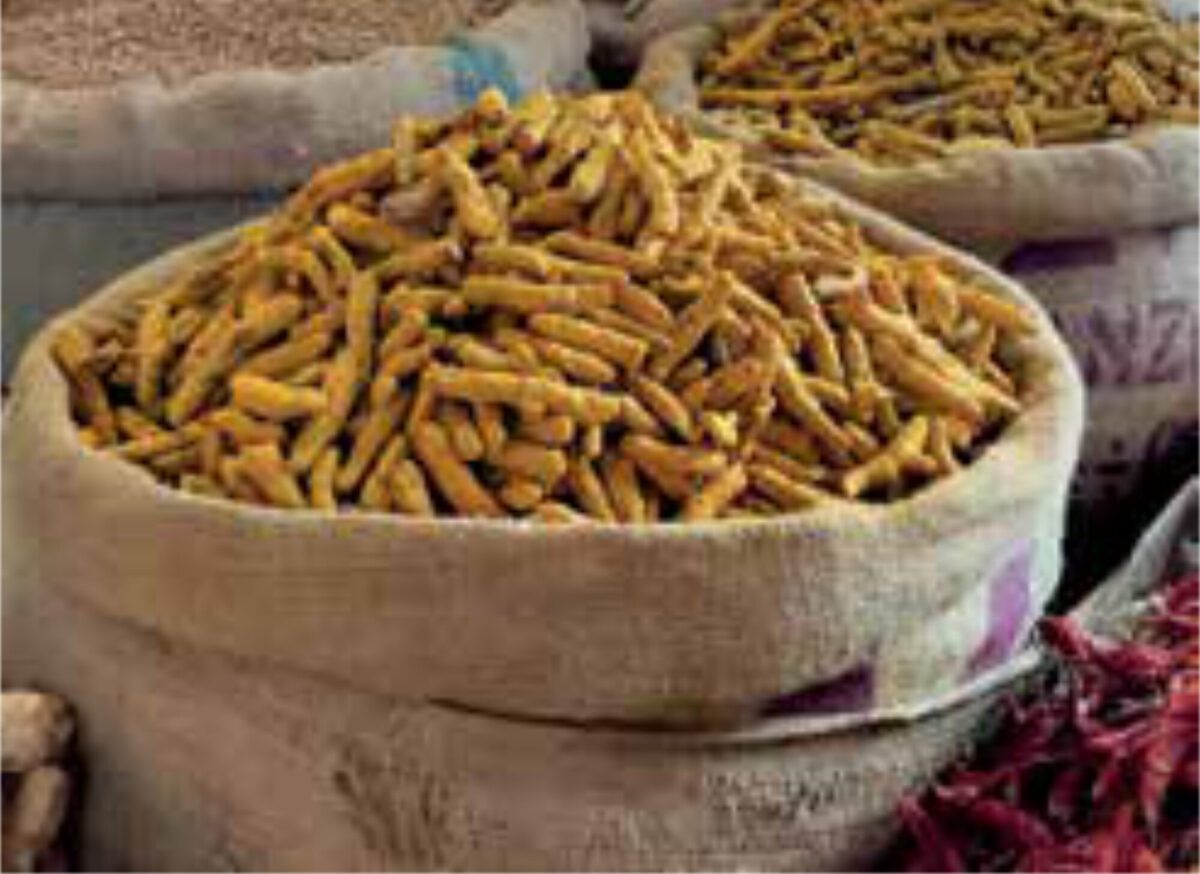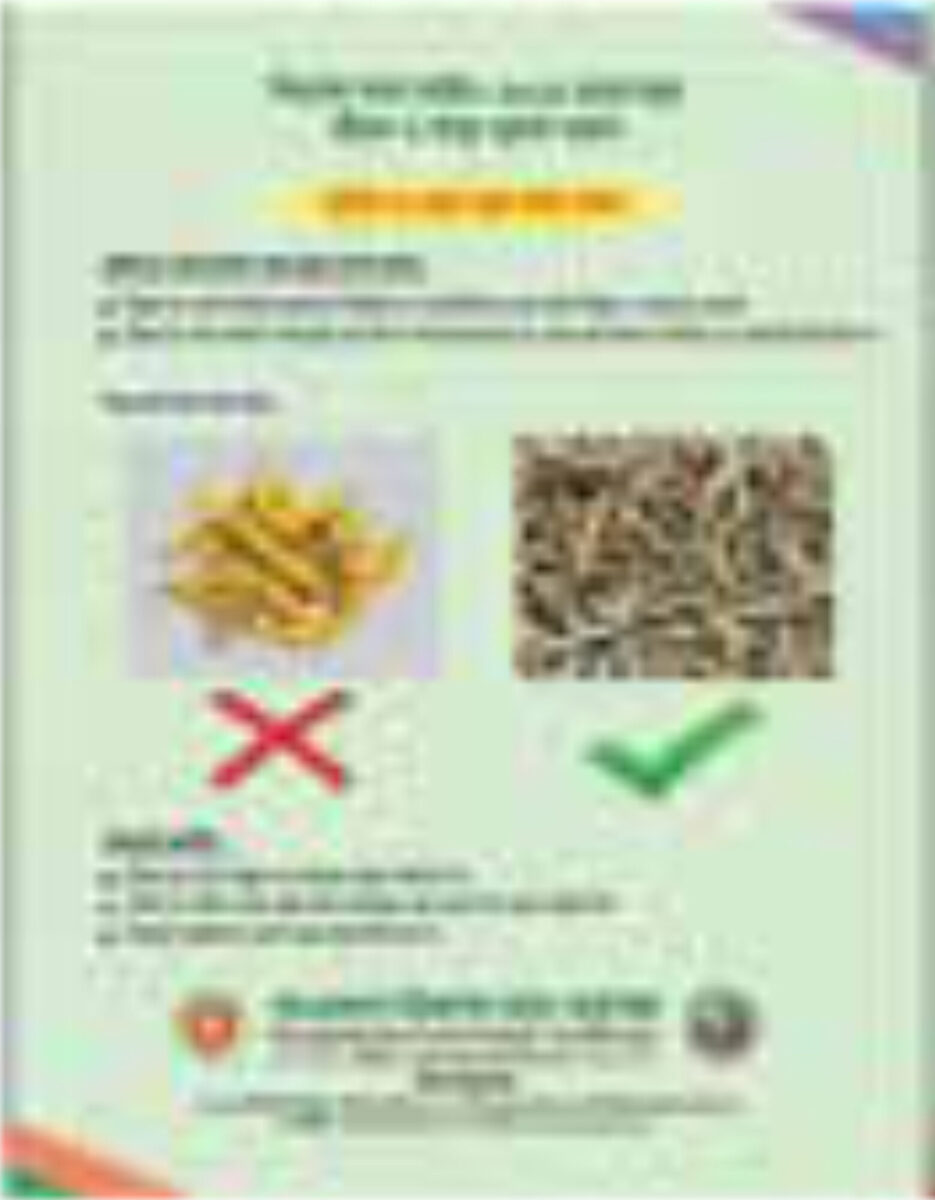Main content
The next time you are preparing a curry and add turmeric (Curcuma longa) for flavour, aroma, and bright yellow colour, think of this remarkable story. It was published recently in the Economist newspaper and showed how population-based research led to a high-level public health intervention that was decisive, effective and relatively cheap. [1,2]
Turmeric (Bengali for “yellow”) is a herbal medicine that is thought to have antioxidant, anti-inflammatory, antiviral, and antifungal properties; its healing properties target, among others, respiratory and gastro-intestinal illnesses as well as cancer. [3,4] For millennia it has been widely used in India, Bangladesh, Myanmar, China, and Nigeria. It is known for its brilliant yellow colour (“the golden spice” or “Indian saffron”) and used as a natural colouring agent for macaroni, cheese, and yoghurt, among others; its use has been promoted to avoid the use of artificial colouring agents. [5] (Figure 1).


The Economist (4 November 2023) wrote on the issue of adulteration of turmeric with lead chromate (PbCrO4) to brighten its yellow colour, thus making it more attractive for the common – unsuspecting – buyer. Lead chromate is neurotoxic and may cause brain and heart damage. In Asian countries, exposure occurs daily, and children are particularly vulnerable; it is assumed that chronic exposure to lead causes neurological toxicity, in particular disrupted cognitive development leading to a lower IQ, and it is assumed to be so severe as to explain 20% of the learning gaps compared to high-income countries for example. [1,3]
The toxicity of lead exposure was the reason for a global phase-out of leaded petrol, but considerable exposure is thought to remain in low-and middle-income countries (LMICs). In a systemic review, more than 600 million children were estimated to have blood lead levels exceeding the CDC reference value. [6] Exposure occurs in lead acid battery recycling and manufacture, metal mining (e.g. to extract gold), electronic waste, and food adulteration. [6] Another study showed that 72% of 100 turmeric samples from Bangladesh, India, Nepal, Pakistan, and Morocco contained elevated lead levels. [7] In Bangladesh, investigation of the turmeric supply chain indicated that lead chromate pigments were being added by turmeric processing mills since the 1980s despite being prohibited by law. [8] The pigment was widely available with unrestricted use, and there were no safe food-grade lead-free alternative colourants available in Bangladesh. [8]
A team of researchers from Stanford University and the International Centre for Diarrhoeal Diseases Research, Bangladesh (ICDDR, B) started a public health campaign in Bangladesh in collaboration with food safety authorities and politicians to eliminate the use of lead-chromate pigment in processing turmeric. The issue was brought to the public’s attention in a mass-media campaign, including graphic warnings, and posters in markets and public areas; the public was addressed by prime minister Sheikh Hasina on national television. Turmeric adulteration was declared a crime and wholesalers were convicted. [2] (Figure 2)
A subsequent nationwide survey showed that the proportion of market turmeric samples containing detectable lead decreased from 47% pre intervention in 2019 to 0% in 2021. Similarly, the proportion of mills with direct evidence of lead chromate adulteration decreased from 30% to 0%. Blood lead levels among workers at turmeric mills dropped by 30% on average. [7] Preliminary data suggested that an additional year of healthy life had been added for 1 USD. [1] The next challenge will be to do the same in India, where the problem is presumed to be even larger and not restricted to turmeric. For example, heavy metals such as lead, arsenic, zinc, and mercury have been detected in Ayurvedic traditional medicines, that may be used by 1.1 billion of India’s population. [9] While these medicines can be herbal-only, others are rasa shastra, in which herbs are deliberately combined with these heavy metals as well as minerals (e.g. mica) and gems (e.g. pearl).[9,10]
Nevertheless, these research-driven, population-based efforts provided evidence that successful public health interventions were possible with a clear and measurable result. The challenge is now to sustain these results and to extend them to other countries as well as for exposure to other toxic substances.
References
- How to stop turmeric from killing people (economist.com)
- Bangladesh strikes a blow against lead poisoning (economist.com)
- Forsyth JE, Nurunnahar S, Islam SS, et al. Turmeric means “yellow” in Bengali: Lead chromate pigments added to turmeric threaten public health across Bangladesh. Environ Res. 2019 Dec;179(Pt A):108722. doi: 10.1016/j.envres.2019.108722. Epub 2019 Sep 6. PMID: 31550596.
- Ahsan R, Arshad M, Khushtar M, et al. Drug Res (Stuttg). 2020 Oct;70(10):441-447. doi: 10.1055/a-1207-9469. Epub 2020 Aug 3.PMID: 32746480 Review.
- Cowell W, Ireland T, Vorhees D, Heiger-Bernays W. Ground Turmeric as a Source of Lead Exposure in the United States. Public Health Rep. 2017 May/Jun;132(3):289-293. doi: 10.1177/0033354917700109. Epub 2017 Mar 30. PMID: 28358991; PMCID: PMC5415259.
- Ericson B, Hu H, Nash E, et al. Blood lead levels in low-income and middle-income countries: a systematic review. Lancet Planet Health. 2021 Mar;5(3):e145-e153. doi: 10.1016/S2542-5196(20)30278-3. Erratum in: Lancet Planet Health. 2021 Nov;5(11):e765. PMID: 33713615.
- Forsyth JE, Baker M, Nurunnahar S, et al. Food safety policy enforcement and associated actions reduce lead chromate adulteration in turmeric across Bangladesh. Environ Res. 2023 Sep 1;232:116328. doi: 10.1016/j.envres.2023.116328. Epub 2023 Jun 5. PMID: 37286126.
- Forsyth JE, Weaver KL, Maher K, et al. Sources of Blood Lead Exposure in Rural Bangladesh. Environ Sci Technol. 2019 Oct 1;53(19):11429-11436. doi: 10.1021/acs.est.9b00744. Epub 2019 Sep 17. PMID: 31525910; PMCID: PMC7705119.
- Horiuchi T, Narimatsu K, Hokari R. Imported Ayurvedic Medicine and Lead Poisoning. Intern Med. 2022 Nov 1;61(21):3313. doi: 10.2169/internalmedicine.9178-21. Epub 2022 Mar 26. PMID: 35342137; PMCID: PMC9683814.
- Saper RB, Phillips RS, Sehgal A, et al. Lead, mercury, and arsenic in US- and Indian-manufactured Ayurvedic medicines sold via the Internet. JAMA. 2008 Aug 27;300(8):915-23. doi: 10.1001/jama.300.8.915. Erratum in: JAMA. 2008 Oct 8;300(14):1652. PMID: 18728265; PMCID: PMC2755247.



















































